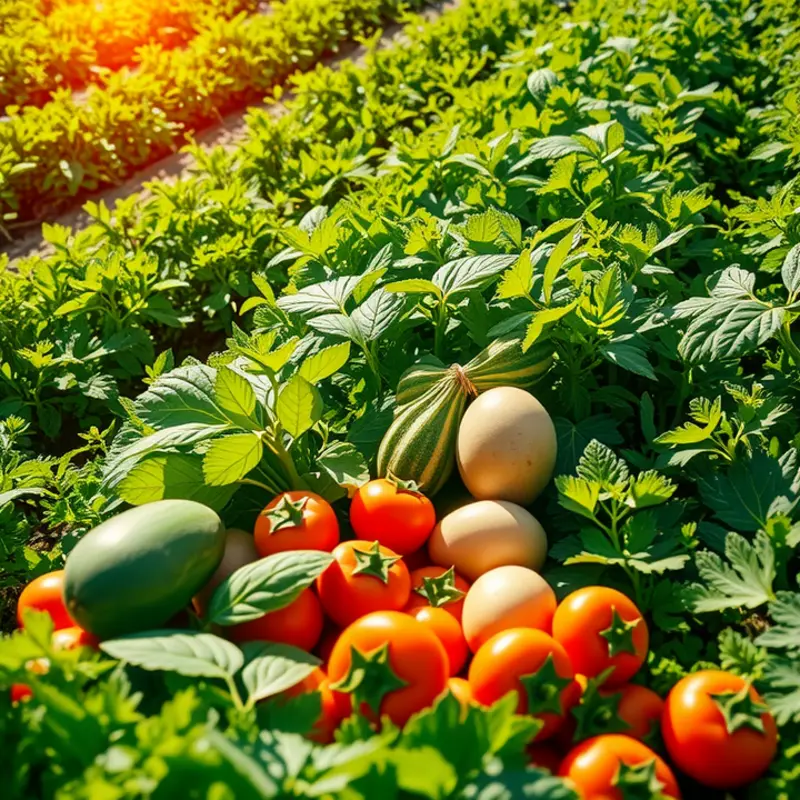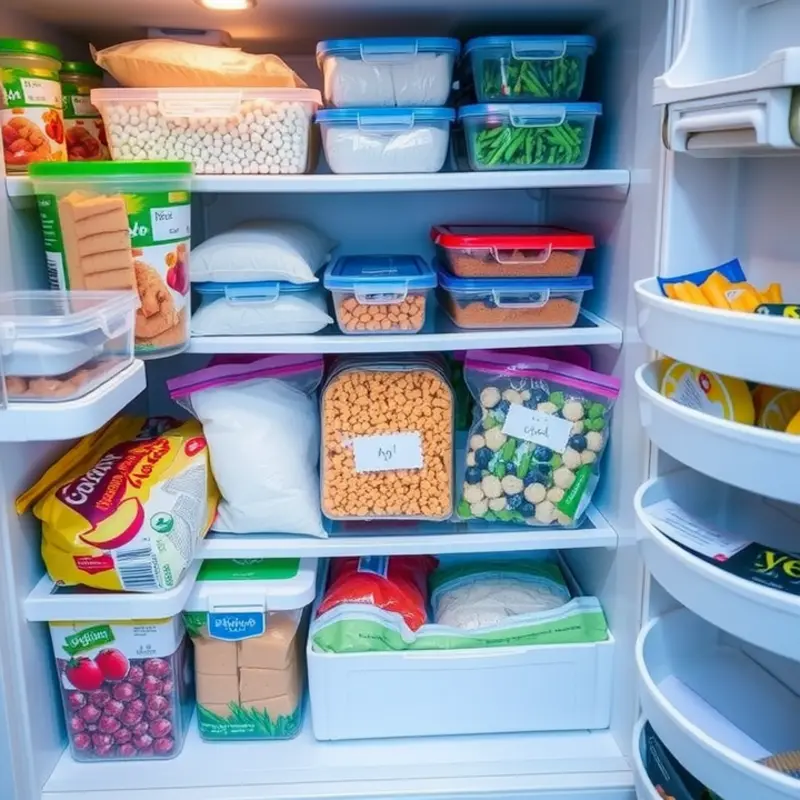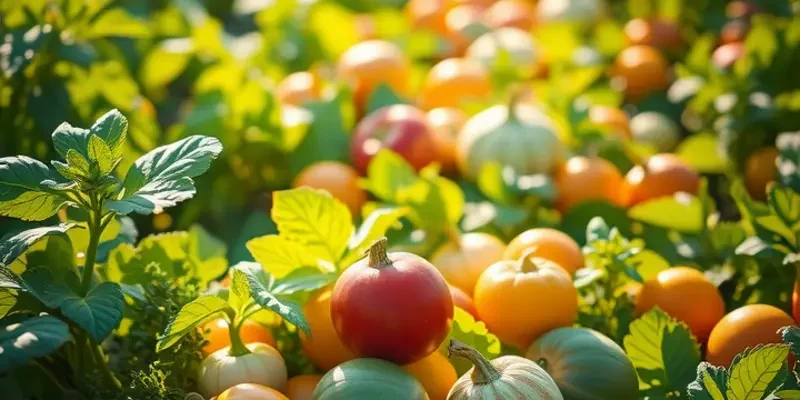Maintaining food quality while minimizing waste is an ongoing challenge for many households. Quick freezing offers a practical solution to preserve freshness, flavors, and nutrients. By freezing food quickly, you prevent spoilage and ensure it remains safe to eat. This guide will provide easy-to-follow tips and techniques to help you implement quick freezing in your kitchen, optimize your food storage practices, and reduce unnecessary waste.
The Science Behind Quick Freezing

Quick freezing, or flash freezing, is an essential technique to master for anyone keen on improving food management at home. Unlike conventional freezing, quick freezing drastically reduces the time it takes for food to reach a frozen state. This rapid process is pivotal in preserving quality, texture, and flavor, contrasting the common outcome of slow freezing, which can compromise these critical aspects.
When food is frozen slowly, large ice crystals form within the cells. These large crystals can pierce cell walls, causing structural damage. Upon thawing, the compromised cell walls release moisture, resulting in a mushy texture and loss of juiciness, particularly evident in fruits, vegetables, and meats. Quick freezing mitigates this issue by promoting the formation of small, uniform ice crystals that maintain cellular integrity.
The mechanics behind this involve lowering the temperature of the food so quickly that water molecules have less time to aggregate into larger crystals. For instance, in industrial settings, blasts of extremely cold air can reduce the surface temperature at such speed that crystalline formation is minimized and evenly distributed across the food.
For home applications, while we may not have access to industrial-grade equipment, certain strategies can simulate quick freezing effects. Pre-chilling the freezer by reducing its temperature briefly before freezing can help speed up the process. Additionally, spreading food in a single layer ensures rapid exposure to cold air, aiding quicker freezing. Using baking sheets covered with parchment paper can be an effective method for single-layering items like berries or sliced fruits.
Another factor to consider is the type of storage used. Storing food in airtight freezer bags helps reduce exposure to air, which can contribute to freezer burn, ultimately affecting flavor. It is also advisable to remove unnecessary liquid from foods like meat before freezing, as excess water can contribute to unwanted crystal formation.
For seafood lovers, employing quick freezing can significantly enhance the enjoyment of a meal. If you’re interested in further enhancing your seafood preparations, refer to some speedy seafood preparation tips to complement the benefits of quick freezing techniques.
In conclusion, mastering quick freezing at home can not only improve food texture and flavor preservation but also reduce waste. By understanding the science behind quick freezing and implementing smart strategies, food management becomes more efficient and rewarding.
Practical Tips for Effective Quick Freezing

Effective quick freezing starts with the selection of the freshest, highest quality produce. Prioritizing fruits and vegetables that are at their peak ripeness ensures the best taste and texture after freezing. If you’re dealing with vegetables, consider blanching them before freezing. This step, which involves a brief immersion in boiling water followed by rapid cooling in ice water, helps preserve color, flavor, and nutritional value while halting the enzymatic processes that can lead to spoilage.
Careful preparation of foods is key. Wash fruits and vegetables thoroughly to remove any dirt and bacteria. If you’re preparing meats, trim any excess fat, as it doesn’t freeze well and can cause off-flavors. For fruits, consider chopping them into smaller pieces and removing pits, cores, or any inedible parts. This prep work ensures even freezing and easier use later on.
Once your items are prepped, packaging is your next critical task. Freezer-safe bags or containers are a must. They prevent freezer burn and preserve the quality of your food. When using bags, press out as much air as possible before sealing. If using containers, leave some space for expansion as food freezes. Clear labels with dates and contents help you track freshness and prevent mystery meals. Organizing your freezer can become much simpler with proper labeling.
Initially, space items out on a single layer within the freezer. This approach allows for quicker and more even freezing, which is crucial for preserving texture. After the foods are solidly frozen, usually within a couple of hours, you can consolidate them into a more compact storage arrangement. This practice not only maintains air circulation but also optimizes your freezer’s efficiency.
For those balancing eco-friendliness with food preservation, consider looking at eco-smart kitchen storage. Sustainable packaging options, such as reusable silicone bags, can be both environmentally friendly and effective in food preservation.
Adopting these techniques ensures food remains high in quality and taste when you’re ready to use it. Quick freezing doesn’t just extend shelf life; it makes meal prep and planning more efficient while reducing waste. By integrating these practices into your routine, you’re taking proactive steps in smart food management and sustainability.
Final words
Quick freezing is an invaluable technique for anyone looking to improve food management at home. By understanding the science behind this method and following practical tips, you can effectively prevent spoilage and extend the lifespan of your favorite foods. Remember always to freeze high-quality produce, invest in good storage containers, and keep track of your frozen goods to minimize waste. Embracing these practices will not only enhance the taste and quality of your meals but also contribute to a more sustainable lifestyle.







